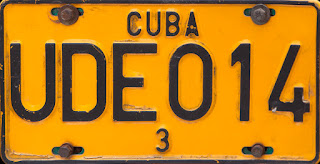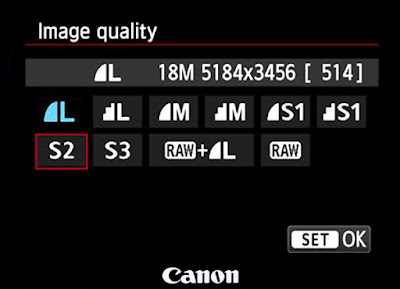Why? With photography, the tools we have to create a unique image are limited to: shutter speed, aperture, ISO, White Balance, and lens selection (before post-production).
 |
| This looks like a point-and-shoot image shot in Auto metering mode. Not the sort if effect you'd hope to get with a $3000 DSLR. (1/250s @ f5.6, ISO 200) |
Cameras are not designed to make these creative decisions for you.
One way to inject more interest in a coastal image like this is to radically slow the shutter speed to give an ethereal, misty effect, as the tide washes in and out over the rocks. To do this you must create a very long shutter speed, preferably lasting more than a second. If the shutter speed is shorter than this the effect might look a bit half-hearted. Longer, and the image really transforms...
The answer is to add a Neutral Density filter on the lens. These are made in different strengths to suit a range of applications - but their descriptive names can be confusing. For example, an ND8 filter reduces the amount of light passing into the lens by three f-stops. Sounds useful, but in fact, it's not a lot for the purposes of this very long shutter speed exercise.
The most common ND filters you see advertised are ND4, and ND8 filters (two and three f-stop reductions respectively). These won't have enough impact to make a significant visual impact on these seascapes.
Here's a list of ND filters and their light stopping characteristics:
ND2 1 stop
ND4 2 stops
ND8 3 stops
ND16 4 stops
ND 32 5 stops
ND 64 6 stops
ND 100 7 stops
ND 200 8 stops
ND 500 9 stops
ND 1000 10 stops
This is just one of the descriptive scales used by filter makers to describe what an ND filter does. I think it's the clearest description (I am using HOYA PRO filters). Another description you might see includes the optical density. So, 0.3 is equal to one f-stop, 0.6 is two stops, 0.9 is three stops, and so on.
What else can we use ND filters for?
- Slowing the shutter speed
- Stopping light so we can shoot using a wide aperture in bright light
- Used as a way of controlling exposure when shooting video (because when shooting video, you can only change the apertures, NOT the shutter speeds).
PitfallsOne of the problems you'll find when using dark ND filters (ND64, ND500 etc) is that it is impossible to SEE through the viewfinder to check on focus. It's so dark the camera is unlikely to be able to focus either.
- Switch to Manual focus (MF)
- Focus first, THEN screw the ND filter onto the lens
- Alternately use the Live View function to check focus (this might not work on all cameras).
- Metering does not work well either. Best case scenario is to choose Aperture Priority mode, select an aperture and note the shutter speed.
Add the ND filter, and in manual metering mode, reset the shutter speed with the filter factor to extend the exposure by 2, 3, 4, 5, 6 or even 10 f-stops, depending on the the filter used.
 |
| Dee Why rockpools by Natalie Hitchens, (5s @ f29, ISO 100) |
 |
| Dee Why cliffs by Natalie Hitchens (5s @ f29, ISO 100) |
 |
| Tidal pool, Mona Vale, by Natalie Hitchens Three exposure HDR (ND64 filter, 30s, 15s and 8s) |
 |
| Tidal pool, Mona Vale, ND 1000 (10 stops) (30s @ f22, ISO 100) |
 |
| Tidal pool, Mona Vale, NO FILTER Camera set to AUTO metering mode giving a not very interesting result |
 |
| Tidal pool, Mona Vale, ND 1000 (10 stops) (15s @ f13, ISO 100) |
 |
| Tidal pool, Mona Vale, No Filter, AUTO metering mode (1/160s @ f9, ISO 100) |
 |
| Tidal pools, Mona Vale ND1000 (10 stops) (20s @ f16, ISO 100) |
 | |||||
| Tidal pools Shot using AUTO metering mode (1/320s @ f9, ISO 100) |








